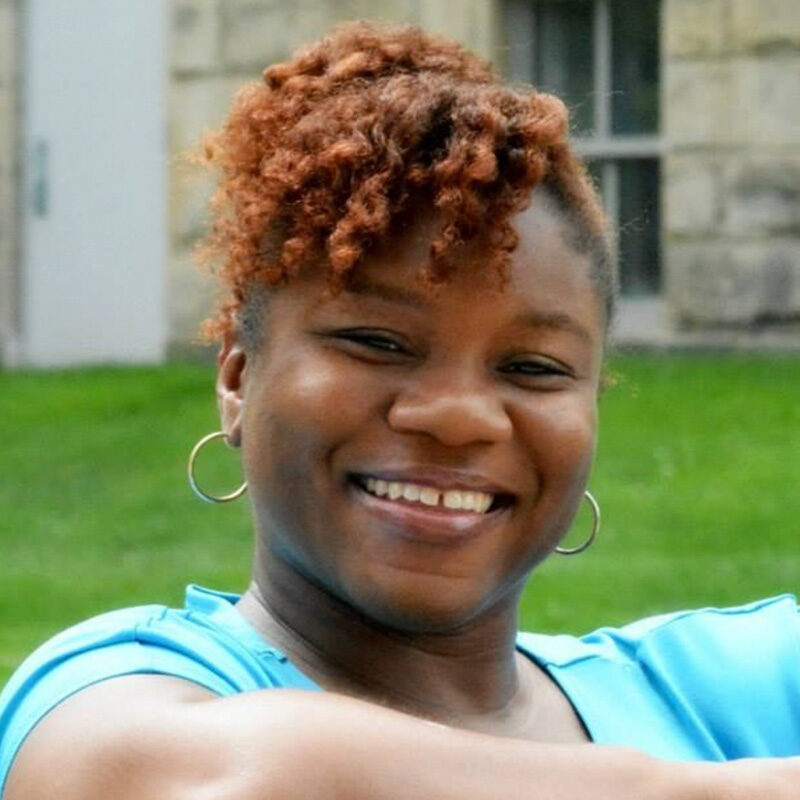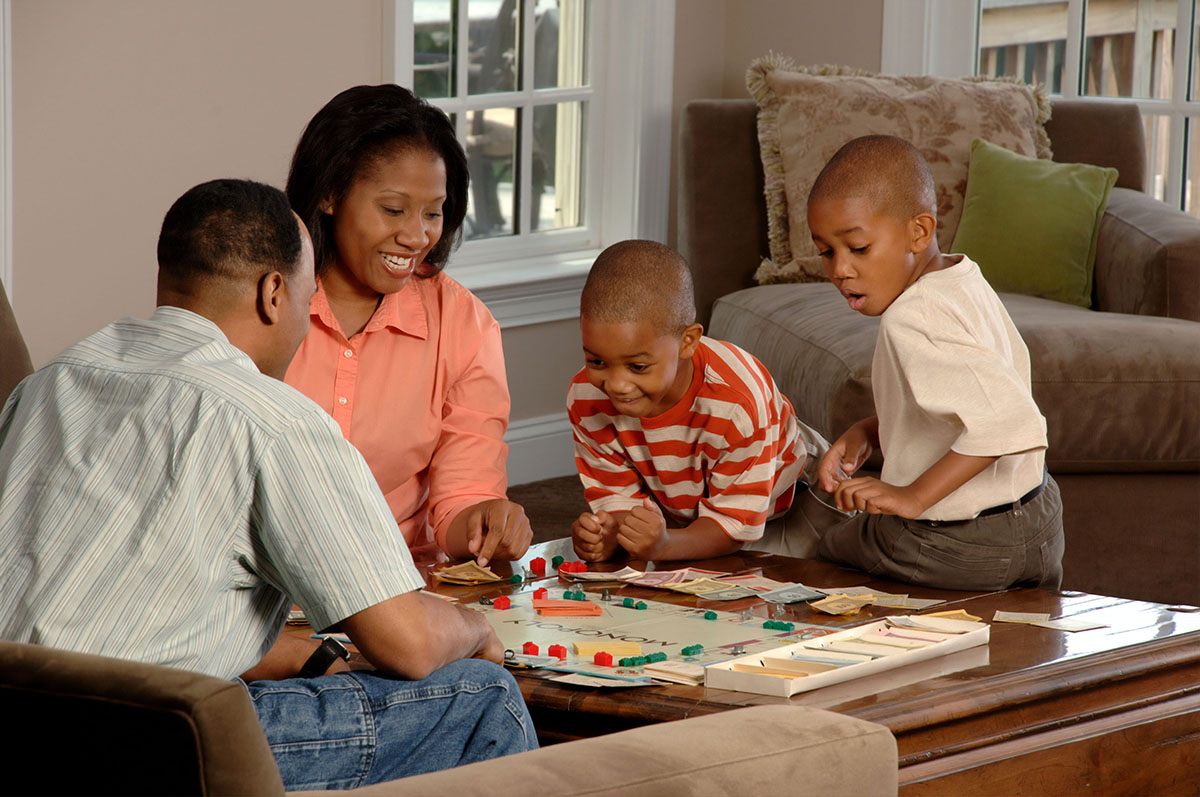
ABOUT THE AUTHOR
Felicia Adams
OhioKAN Statewide Program Manager
Author Felicia Adams has lived experience as a kinship care provider, taking in an infant cousin in 2017 as a single mother with two sons aged 11 and 18 and within a span of just nine hours from call to custody.
Becoming a kinship caregiver can happen suddenly.
One day you’ll wake up expecting the day to develop like all the other days before it. You’ll shower, get dressed, have breakfast, and begin your usual daily routine. Except on this day, you’ll receive a call from children’s services, a neighbor, a friend, or a family member. It happens in an instant, yet the request is life-changing: “Please care for this child.”
Your next thought will likely be, until when? It could be until mom gets clean. Until dad gets out of prison. Until the parents secure housing. Or even until a decision is made to place the child for adoption. While there’s nothing that can prepare you for something like this, take a deep breath and know that you wouldn’t be asked to care for a child if others believed you weren’t safe, reliable, and capable.
You can do this!

If you’re having difficulty imagining a way to provide for this new charge when you said yes, it helps to immediately enter planning mode.
Start with the basics:
What do I have and what do I need?
It’s easy to become overwhelmed when you enter a situation without a plan. Take a deep breath and make a list of what you currently have in your home to support that child. Then make a list of the things you’re lacking that you know they will need in the first few days. If you’re taking an infant into your home, you may have a car seat but need diapers and wipes. You might need age-appropriate clothes and toys.
Think outside the big-box store when you’re on a budget. Local thrift stores, LetGo, Facebook Marketplace or Buy/Sell/Trade groups, OfferUp and other similar sites are great places to seek gently used clothing that’s easy on wallets and the environment.
Who can help me?
If the child you’re caring for is a relative, seek support from other family members. But even if not, never be afraid to ask for help. If a county agency is placing this child with you, let them know up front what you’ll need: daycare, a car seat, a clothing voucher, assistance with school enrollment, etc. They will have resources and connections to help. And don’t underestimate broader community support. Post on Facebook and NextDoor, ask your church or place of worship, check in with your friends. You will likely find plenty of people who care and are able to assist in ways small and large.
What are my options for longer-term financial support?
Now that you know this child is coming, the excitement may quickly shift to worry. Adding another person to your household costs money. And regardless of how deep your desire to help, your income will not automatically increase to accommodate new expenses. There are many programs to help kinship care providers, either with vouchers and subsidies or cost-savings benefit programs like utility credits. Here’s where it will help to involve knowledgeable agencies and child welfare professionals, such as the following:
- Your local department of Children’s Services is a great place to start, particularly if the child is placed in your care by their organization.
- Kinship support groups are likely to exist in your area. Conduct a Google search, or ask for a referral to find out where others in your situation turn.
- Dial 2-1-1 for ideas on where to start on a number of issues including food security, healthcare, transportation and just about any other social service you may need.
- OhioKAN is a Kinship and Adoption Navigator program specifically designed to help caregivers and their families navigate these complexities. Call the hotline at 1-844-OhioKAN to get started..
Don’t panic! Ask for help! Locate supports! While these offer great starting points, it’s not too soon to think about what might happen if or when the child leaves. The goal of foster and kinship care is reunification whenever possible. You may have helped your relative take his first steps, eat her first foods, or say their first words. Your heart will ache when they return home.
What’s true in getting started as a kinship care provider is true in ending your role as such: Your goal is to keep the child or children safe with as little trauma and disruption as possible. All youth need love, stability, structure, safety, and family. Consider that if you can help provide permanency for a child, the positives will likely outweigh the negatives. Opening your heart is a decision you will never regret.


















